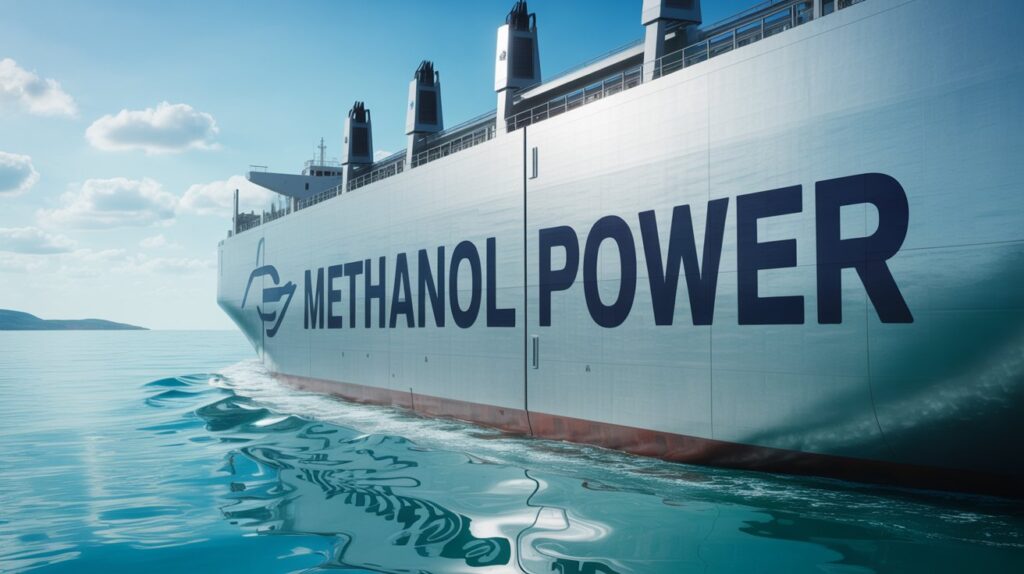The maritime industry is at a pivotal juncture as it accelerates its transition toward cleaner, low-emission fuels. Among emerging alternatives, green methanol has rapidly gained global traction as a scalable and technically viable fuel that aligns with international climate goals and decarbonization mandates. With the International Maritime Organization (IMO) targeting a net-zero GHG emissions trajectory by 2050, shipowners and operators are investing heavily in methanol-ready vessels and bunkering capabilities.

Key Growth Drivers of Global Green Methanol Demand
The demand for green methanol in maritime applications is surging due to several converging factors:
- Tightening Environmental Regulations
Regulatory frameworks such as the IMO 2023 GHG strategy, EU Fit for 55, and FuelEU Maritime are pushing the sector to lower emissions aggressively. Green methanol, produced from renewable feedstocks like biomass or captured CO₂ and green hydrogen, provides a near-zero-carbon fuel pathway that meets these compliance standards. - Fleet Decarbonization and Vessel Orders
Leading shipping companies—including Maersk, CMA CGM, and COSCO—have placed substantial orders for methanol dual-fuel vessels, signaling strong long-term confidence in the fuel’s commercial and regulatory viability. As of mid-2025, over 200 methanol-fueled ships are on order or under construction globally, including large container vessels, tankers, and cruise ships. - Scalability and Fuel Flexibility
Green methanol can be used in retrofitted engines and newly built dual-fuel ships, offering flexibility in operational deployment. Its liquid form and lower storage complexity compared to LNG or ammonia also reduce port infrastructure barriers and enhance early adoption rates. - Sustainability-Driven Procurement and ESG Goals
Charterers and logistics providers are increasingly setting Scope 3 emissions targets and demanding greener shipping solutions. Green methanol-powered vessels enable carriers to offer sustainable transport services, gaining a competitive edge in carbon-sensitive markets such as Europe and North America.
Market Outlook and Regional Dynamics
According to recent market projections, the global demand for green methanol in the maritime sector is expected to grow at a CAGR of over 25% from 2025 to 2035. This demand is driven by growing vessel orders, supportive policy environments, and rising production of renewable methanol.
- Europe remains the most advanced in regulatory push and infrastructure development, with several ports investing in methanol bunkering facilities.
- Asia-Pacific, led by South Korea, China, and Japan, is catching up through aggressive shipbuilding programs and green fuel R&D.
- Latin America is emerging as a key production hub for renewable methanol, especially in Brazil and Chile, due to abundant biomass and renewable energy resources.
Investment and Supply Chain Momentum
To meet rising demand, multiple global initiatives are underway:
- Green methanol production capacity is set to exceed 8 million metric tons by 2030, driven by major investments from companies like OCI Global, Proman, European Energy, and Ørsted.
- Strategic partnerships between fuel producers, shipyards, and shipowners are accelerating the commercialization of green methanol pathways.
- Governments are also incentivizing fuel switching through tax credits, grants, and carbon offset schemes.
The global demand for green methanol in maritime shipping is not just a passing trend—it reflects a fundamental shift toward sustainable, future-ready fuel systems. As more vessels enter service and production scales up, green methanol will play a pivotal role in reshaping the environmental footprint of international trade.
